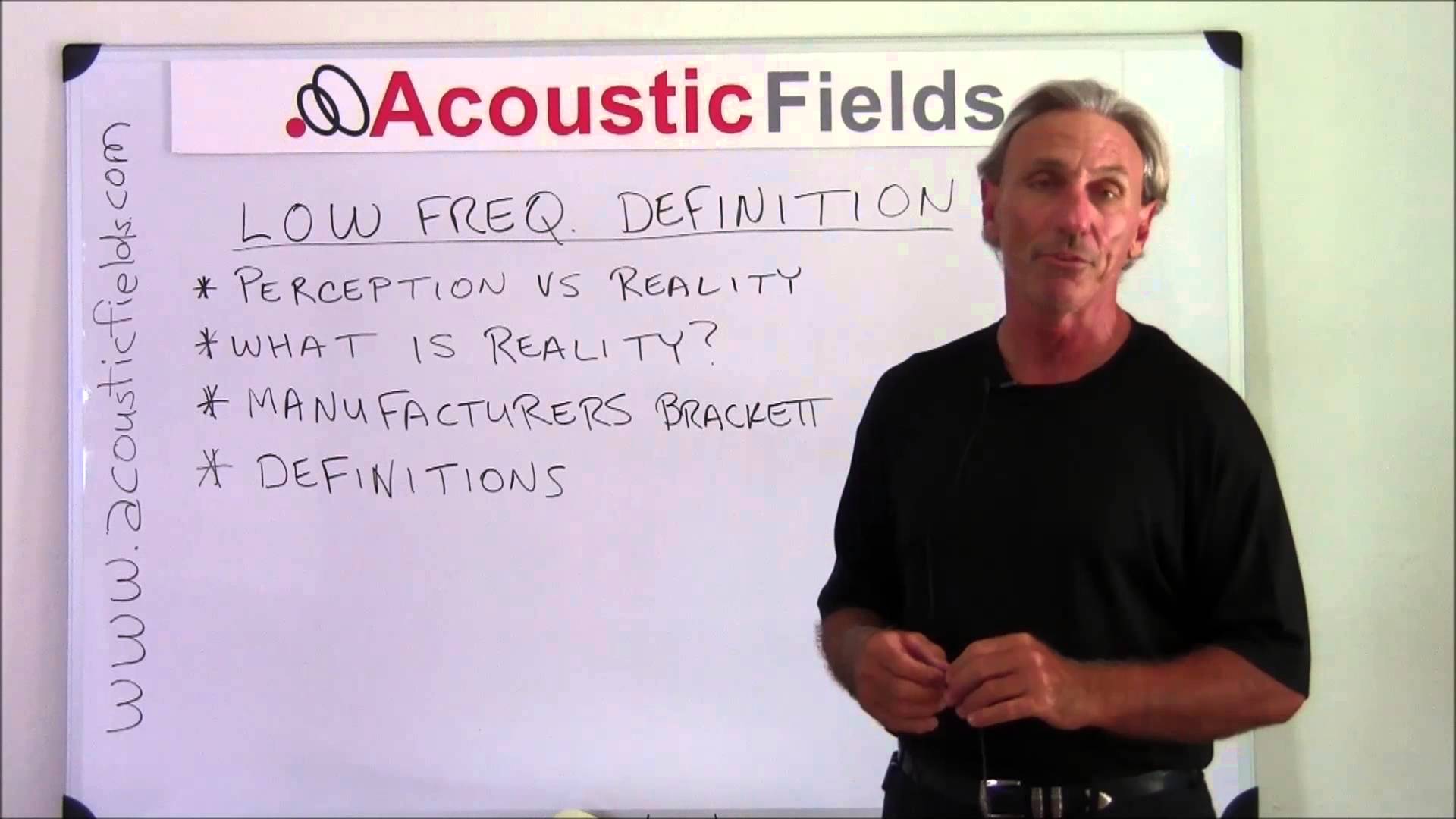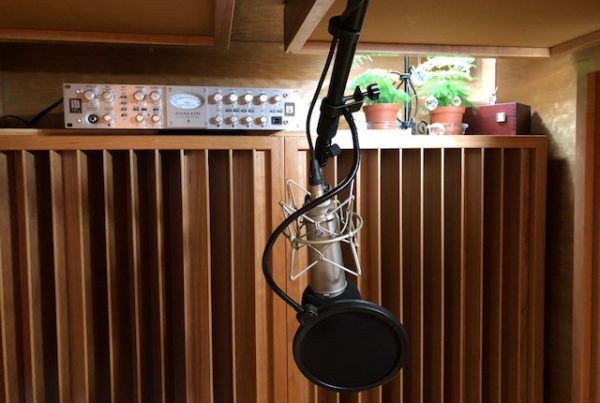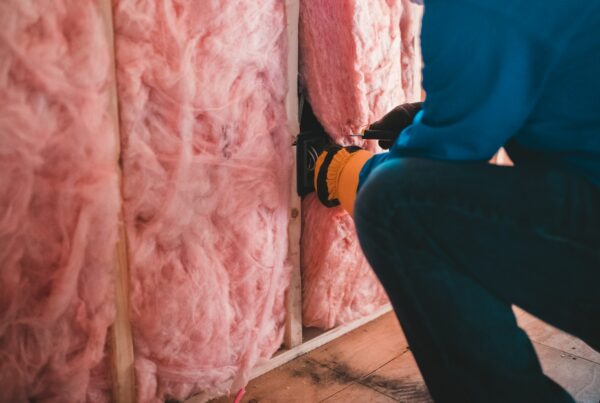Everyone has a “bass boom problem” of some kind or other. We have all heard the noise that bass notes or low frequency issues cause in our small rooms. It is that masking and blurring of everything in its path. You know that sound. It is the sound or noise you hear when your favorite vocal or instrument is smothered with that boom when a bass note is played from guitar or drums. When long, low frequency waves don’t fit into our small rooms, and most don’t, then we must deal with the issues that they cause. Low frequency energy is like a bull in a china shop, it bumps into everything and destroys everything in its path way. Lets figure out how to put the bull back into the pen.
In the following video I explain how some of us professional acoustic engineers (those of us who want to solve a problem and not just make sales by misinforming people) define low frequency so you can get a better understanding of it if you are to ever solve your bass boom problem.
Bass Boom Problem – First We Need The Right Definition
In order to solve a bass boom problem, we must first have an accurate definition of what low frequency energy is. We must give our bull in our china shop a name. The definition is critical if we are going to try and solve or manage the issues that plague our rooms. We can not rely on definitions that acoustic product manufactures use because they like to stretch the definition of low frequencies to include their products that don’t really absorb much low frequency energy at all. If they call it a “bass absorber” people will buy it thinking it absorbs low frequency energy and then put it into their room and it will not solve their low end problem. Calling a product a low frequency absorber, simply does not make it so.
As a test of the confusion out there I asked for the definition of low frequency in many online audio forums. I never did receive an answer that was the same in over 25 responses. This shows the vast difference between perception and reality and acoustical product manufacturers use that confusion to label and promote their foam wedges and boxes filled with building insulation as low frequency absorbers when in essence they have not taken the time, energy, and financial commitment to really develop a true low frequency absorbing product.
How We And WSDG Define It
If we define low frequency as any frequency below 100 Hz. then we are on our way to really defining the issues that lower frequencies cause in our rooms. If we choose everything below 100 cycles as our design parameters, when we are designing real low frequency sound absorbing technologies, then we have real world design parameters that everyone can understand and deal with. If we choose the right definition which is real world acoustic issues, then we can begin to develop products which are labeled correctly as low frequency absorbers and perform as labeled.
So I hope that helps you. If you have any questions at any time I am always on hand to help answer them. Leave them in the comments section or email me at the usual address. If you would like to learn more about room acoustics please sign up for my free videos and ebook by joining the mailing list here. I send room tuning tips and things for you to test in your room every Wednesday. They are easy to follow and really help you enjoy more of their music.
Thanks and speak soon
Dennis








I problem when I play some music and it cause boom issue how can resolve the issue. My room size is Height 8 ft 5 in x 8 ft 6in x 11 ft 9 in.
C, You will need a larger room size and volume along with low-frequency absorption.
I have multiple neighbors who play music with heavy bass, more so now since summer is here. The bass sound causes a lot of pain as well as anxiety for me, so I would like to try to sound proof a room with a relatively decent budget. Is this possible? What do you recommend using?
The noise levels will have to measured and a structure designed and built to attenuate your specific frequencies and amplitudes of noise. With low-frequency energy transmissions, you are looking at a multilayer wall structure that will be 8 – 10″ deep. We can assist you with taking the noise numbers and the appropriate barrier design. Contact us info@acousticfields.com